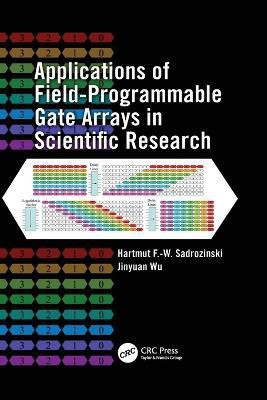Applications of Field-Programmable Gate Arrays in Scientific Research(English, Paperback, Sadrozinski Hartmut F.-W.)
Quick Overview
Product Price Comparison
Focusing on resource awareness in field-programmable gate array (FPGA) design, Applications of Field-Programmable Gate Arrays in Scientific Research covers the principle of FPGAs and their functionality. It explores a host of applications, ranging from small one-chip laboratory systems to large-scale applications in "big science." The book first describes various FPGA resources, including logic elements, RAM, multipliers, microprocessors, and content-addressable memory. It then presents principles and methods for controlling resources, such as process sequencing, location constraints, and intellectual property cores. The remainder of the book illustrates examples of applications in high-energy physics, space, and radiobiology. Throughout the text, the authors remind designers to pay attention to resources at the planning, design, and implementation stages of an FPGA application, in order to reduce the use of limited silicon resources and thereby reduce system cost. Supplying practical know-how on an array of FPGA application examples, this book provides an accessible overview of the use of FPGAs in data acquisition, signal processing, and transmission. It shows how FPGAs are employed in laboratory applications and how they are flexible, low-cost alternatives to commercial data acquisition systems. Web Resource A supporting website at http://scipp.ucsc.edu/~hartmut/FPGA offers more details on FPGA programming and usage. The site contains design elements of the case studies from the book, including VHDL code, detailed schematics of selected projects, photographs, and screen shots.


